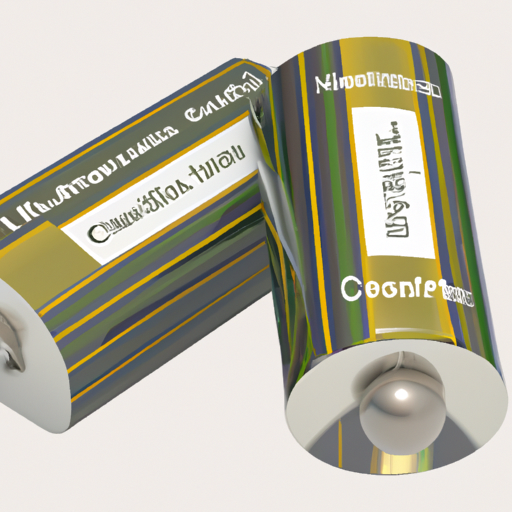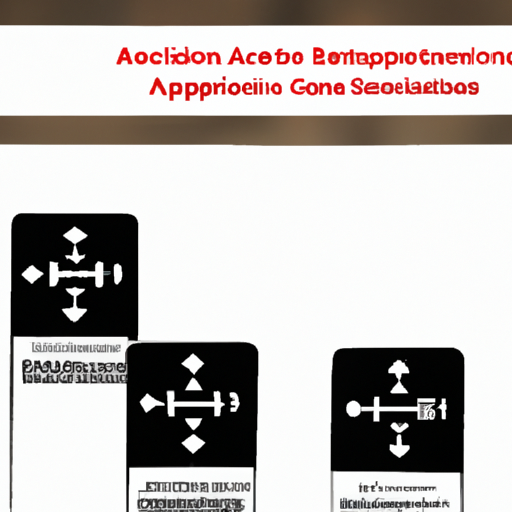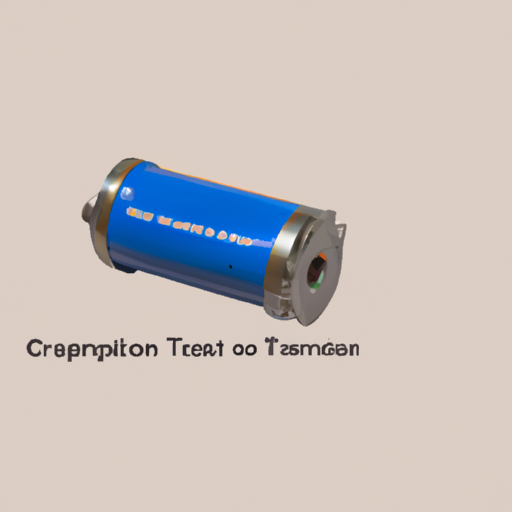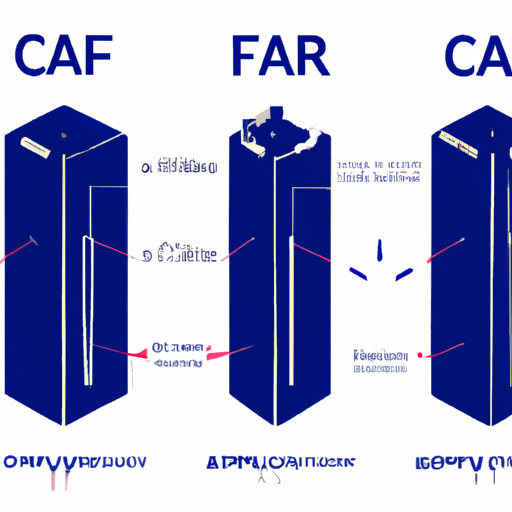
Electric Double Layer Capacitors (EDLCs) and Supercapacitors: Core Technologies and ApplicationsElectric Double Layer Capacitors (EDLCs), commonly referred to as supercapacitors, are pivotal in modern energy storage solutions. They combine the advantages of traditional capacitors and batteries, offering high energy density, rapid charge/discharge capabilities, and an extended cycle life. Below, we delve into the core functional technologies that underpin EDLCs and explore various application development cases that showcase their effectiveness.
Core Functional Technologies of EDLCs1. Electrochemical Double Layer Formation2. High Surface Area Electrodes3. Ionic Conductivity4. Hybrid Systems5. Advanced Manufacturing Techniques1. Renewable Energy Storage2. Electric and Hybrid Vehicles3. Consumer Electronics4. Grid Energy Storage5. Industrial Applications6. Smart Grids and IoT Devices Application Development Cases ConclusionElectric Double Layer Capacitors (EDLCs), or supercapacitors, represent a significant advancement in energy storage technology. Their unique properties make them suitable for a diverse range of applications, from renewable energy systems to consumer electronics and electric vehicles. As research continues and manufacturing techniques evolve, the potential for EDLCs to play a critical role in future energy solutions is substantial, paving the way for more sustainable and efficient energy systems.

Application Development in Ceramic Capacitors for CFR-50JB-52-1R8: Key Technologies and Success StoriesCeramic capacitors, particularly the CFR-50JB-52-1R8, are integral components in a wide range of electronic applications due to their reliability, stability, and superior performance characteristics. The development and application of these capacitors involve several key technologies and methodologies that enhance their functionality and integration into various systems. Below are insights into these technologies and notable success stories that illustrate their impact across different industries.
Key Technologies1. Material Science Innovations2. Manufacturing Techniques3. Simulation and Modeling4. Quality Control and Testing5. Integration with Electronics1. Consumer Electronics2. Automotive Applications3. Telecommunications4. Medical Devices5. Renewable Energy Systems Success Stories ConclusionThe application development of ceramic capacitors like the CFR-50JB-52-1R8 is propelled by advancements in materials, manufacturing techniques, and integration with electronic systems. The success stories across various industries underscore the versatility and critical importance of these components in modern technology. As the demand for smaller, more efficient, and reliable electronic devices continues to rise, the role of ceramic capacitors is expected to expand, paving the way for further innovations and applications in the future.

Tantalum Capacitors: Core Functional Technologies and Application Development CasesTantalum capacitors, including models like the CFR-25JB-52-1R6, are integral components in modern electronic devices due to their unique characteristics. Below, we delve into the core functional technologies that define their effectiveness and explore various application development cases that showcase their versatility.
Core Functional Technologies1. High Capacitance Density2. Voltage Stability3. Temperature Stability4. Low ESR (Equivalent Series Resistance)5. Long Lifespan and Reliability1. Consumer Electronics2. Automotive Electronics3. Medical Devices4. Telecommunications5. Industrial Automation Application Development Cases ConclusionTantalum capacitors, such as the CFR-25JB-52-1R6, are indispensable in contemporary electronics due to their unique properties and capabilities. Their high capacitance density, voltage and temperature stability, low ESR, and reliability make them suitable for a diverse array of applications, from consumer electronics to automotive and medical devices. As technology advances, the demand for tantalum capacitors is expected to rise, fostering further innovation and application development in this critical field.

Application Development in Aluminum Electrolytic Capacitors for CFR-25JB-52-1M6: Key Technologies and Success StoriesAluminum electrolytic capacitors, such as the CFR-25JB-52-1M6, are integral components in modern electronic devices due to their high capacitance, cost-effectiveness, and compact form factor. The ongoing development and application of these capacitors leverage several key technologies that enhance their performance, reliability, and applicability across various industries. Below, we explore these technologies and highlight notable success stories.
Key Technologies1. Electrolyte Formulation2. Anodization Techniques3. Foil Technology4. Construction and Packaging Innovations5. Simulation and Modeling6. Quality Control and Testing1. Consumer Electronics2. Automotive Applications3. Renewable Energy Systems4. Industrial Automation5. Telecommunications Success Stories ConclusionThe development of aluminum electrolytic capacitors, such as the CFR-25JB-52-1M6, is propelled by continuous advancements in materials, manufacturing processes, and design methodologies. These innovations not only enhance the performance and reliability of capacitors but also expand their applicability across diverse industries, from consumer electronics to automotive and renewable energy. As technology continues to evolve, we can anticipate further improvements in capacitor performance and the emergence of new applications, solidifying the role of aluminum electrolytic capacitors in the future of electronics.

Overview of Capacitor Networks and ArraysCapacitor networks and arrays, such as the CFR-50JB-52-1M6, are integral components in electronic circuits, serving multiple functions that enhance performance and reliability. These components are essential for managing power, filtering signals, and stabilizing voltage levels across a wide range of applications.
Core Functional Technologies1. Decoupling and Bypass Capacitors2. Filtering Applications3. Timing Circuits4. Energy Storage5. Voltage Regulation1. "Understanding Capacitor Networks"2. "Capacitor Arrays in RF Applications"3. "Designing with Capacitor Networks"4. "Capacitor Technology for Power Management"1. Consumer Electronics2. Automotive Electronics3. Medical Devices4. Industrial Automation5. Renewable Energy Systems Articles and Resources Application Development Cases ConclusionCapacitor networks and arrays, such as the CFR-50JB-52-1M6, are fundamental to the functionality of modern electronic systems. Their diverse applications across various industries underscore their importance in enhancing performance and reliability. By understanding their core functionalities and examining real-world case studies, engineers can design more effective electronic systems. As technology continues to evolve, advancements in materials and designs will further improve the capabilities of these essential components, paving the way for innovative applications in the future.

Application Development in Chassis Mount Resistors for CFR-50JB-52-1R6: Key Technologies and Success StoriesChassis mount resistors, such as the CFR-50JB-52-1R6, play a pivotal role in a wide array of electronic applications, serving essential functions like current limiting, voltage division, and signal conditioning. The development and application of these resistors are underpinned by several key technologies and methodologies. Below is an overview of these technologies and notable success stories that illustrate their impact across various industries.
Key Technologies1. Material Science2. Manufacturing Techniques3. Thermal Management4. Testing and Quality Assurance5. Design Innovations1. Automotive Applications2. Industrial Automation3. Consumer Electronics4. Telecommunications5. Renewable Energy Success Stories ConclusionThe development and application of chassis mount resistors like the CFR-50JB-52-1R6 are driven by advancements in materials, manufacturing techniques, and rigorous testing protocols. Their success across diverse industries—including automotive, industrial automation, consumer electronics, telecommunications, and renewable energy—underscores their versatility and critical role in modern electronic systems. As technology continues to advance, the demand for high-performance resistors is expected to grow, fostering further innovations in this essential field.

Application Development in Chip Resistor - Surface Mount for CFR-25JB-52-1M5: Key Technologies and Success StoriesThe CFR-25JB-52-1M5 is a surface mount resistor that has become a staple in various electronic applications due to its specifications: 1MΩ resistance, 1/4W power rating, and 1% tolerance. This document outlines the key technologies that enable its application development and highlights success stories across different industries.
Key Technologies1. Surface Mount Technology (SMT)2. Thick Film Technology3. Automated Testing and Quality Control4. Thermal Management Solutions5. Simulation and Modeling Tools6. Environmental Compliance1. Consumer Electronics2. Automotive Applications3. Medical Devices4. Industrial Automation5. Telecommunications Success Stories ConclusionThe CFR-25JB-52-1M5 chip resistor exemplifies the advancements in surface mount technology and its diverse applications across multiple industries. Its reliability, compact size, and compliance with environmental standards make it a preferred choice for engineers and manufacturers. As technology continues to evolve, the role of such components will remain critical in the development of innovative electronic solutions, driving progress in consumer electronics, automotive systems, medical devices, industrial automation, and telecommunications.